What To Look For In A Cat Water Fountain
What qualities do cat water fountains need to have to ensure the long-term health and happiness of your cat and your pleasure and enjoyment?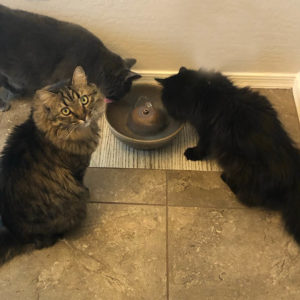
Ask yourself these six questions before purchasing a cat water fountain:
- Is it safe?
- Is it attractive to the cats? Will they want to drink from it?
- Does it clean easily and stay clean a reasonable period of time?
- Does it have good, long-lasting filtration?
- Is it suitable for your home?
- What is the cost?
We address each of these issues here.
Safety
The first consideration concerning safety for cats is, what is the cat fountain made of? Ceramic, metal and glass are non-porous and they don’t get scratched easily. Both these attributes contributes to them not harboring harmful bacteria which can cause chin acne and other ailments. Plastic, which in itself is considered harmful due to BPA, is easily scratched and in those scratches bacteria grow, which has been proven to cause chin acne in cats. They require considerable scrubbing and the use of such agents as bleach to keep them safe.( And beware of the “BPA-Free” label.)
If the cat water fountain is ceramic you want to ensure that only food-safe glazes are used. To know this the ceramicists would need to make the glazes themselves. Some sources will state that they do and their glazes are safe. If they do not state that then they likely don’t make their own glazes so don’t know what is in them or the fountains are made in China and the glazes are very possibly not safe.

Are Your Cats Attracted?
The next important consideration; is it attractive to cats? Will they want to drink from it? Most fountains meet this need as most fountains demonstrate moving water and that is what cats are hard-wired to seek. In the wild only moving, not stagnant water, is safe and cats have this imperative embedded into their genes. This is why so many cats stir their water with their paws or want to have the faucet turned on or like to drink from the toilet, which often shows water movement. However there are differences among cats as to how they want their water source. Longhair cats, for example may prefer a raised drinking area or a stream allowing them to drink without getting their fur wet. Many cats are a bit timid and don’t want the activity of falling water or to hear any water sounds. They want a quiet fountain. Either a bubble-up design or a raised, smaller drinking area is best.
Cleaning
Next up; is it easy to clean and does it stay clean for a reasonable period of time? If the fountain has a lot of corners, nooks and crevices it will definitely not be easy to clean and if a fountain is difficult to clean, it probably won’t get cleaned often or thoroughly enough, which is harmful for the cats. Ideally a fountain should take no more than a few minutes and should remain clean for close to a week. Cat fountains vary greatly in this respect.
Many reviews of plastic pet fountains testify to the slime that builds up and is very hard to get rid of. Generally, the more complicated, and especially if made of plastic, the harder the fountain is to clean. If the cat water fountain you are 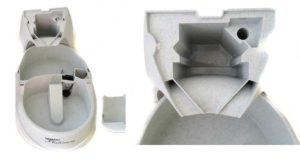 considering requires either of these tools or something similar, think twice before purchasing. The pumps for cat fountains, however, are all pretty much the same and require the same cleaning, though how often will depend largely on the type and quality of filtration the fountain has.
considering requires either of these tools or something similar, think twice before purchasing. The pumps for cat fountains, however, are all pretty much the same and require the same cleaning, though how often will depend largely on the type and quality of filtration the fountain has.
Filtration
There are two possible types of filtration for cat water fountains; mechanical filtration which prevents cat hair and other debris from getting into the pump, and chemical filtration which removes unpleasant odor and unpleasant taste-causing elements from the water. Every fountain needs the first, not every fountain needs the second. Shown below are the two kinds of filtration. The one on the right is a carbon filter with a small amount of activated charcoal for chemical filtration. The one on the left is a mechanical filtration device which lasts for two years. The one on the right lasts from two to four weeks, which is standard for most if not all mass produced pet fountains. The company which offers the sponge filter on the left also offers an activated charcoal filter at about $10 for those who need one, and which lasts six months or more.
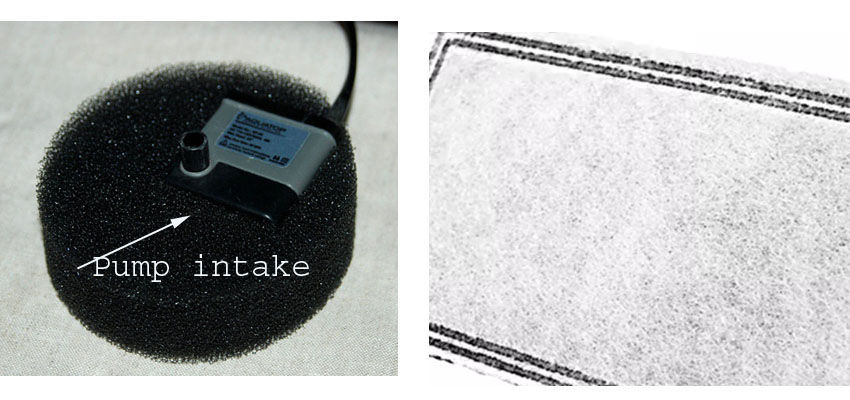
Appearance
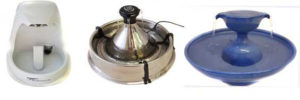
The next consideration for what cat water fountain to buy has to do with aesthetics – or the lack thereof. If you plan to have the fountain in some out-of-the-way place then aesthetics may not matter so much. Please note that if you plan to place your cat fountain in the kitchen, it is best to place it away from, not near, the food bowls.
This is written about extensively by veterinarians and other experts who say that water near the food can put the cats off drinking. In the wild, cats do not keep their food near their water source as the decaying food could contaminate the water. Though this is unlikely to happen in our kitchens, it is still a hard-wired directive in our cats and they are likely do drink more (a very good thing) if the water is well separated from their food.
So if you plan to place the cat water fountain where it is easily seen and becomes a part of your decor then aesthetics matters considerably. In this respect there is a wide range of looks from the many different brands of cat fountains, some of the more notable ones shown below.
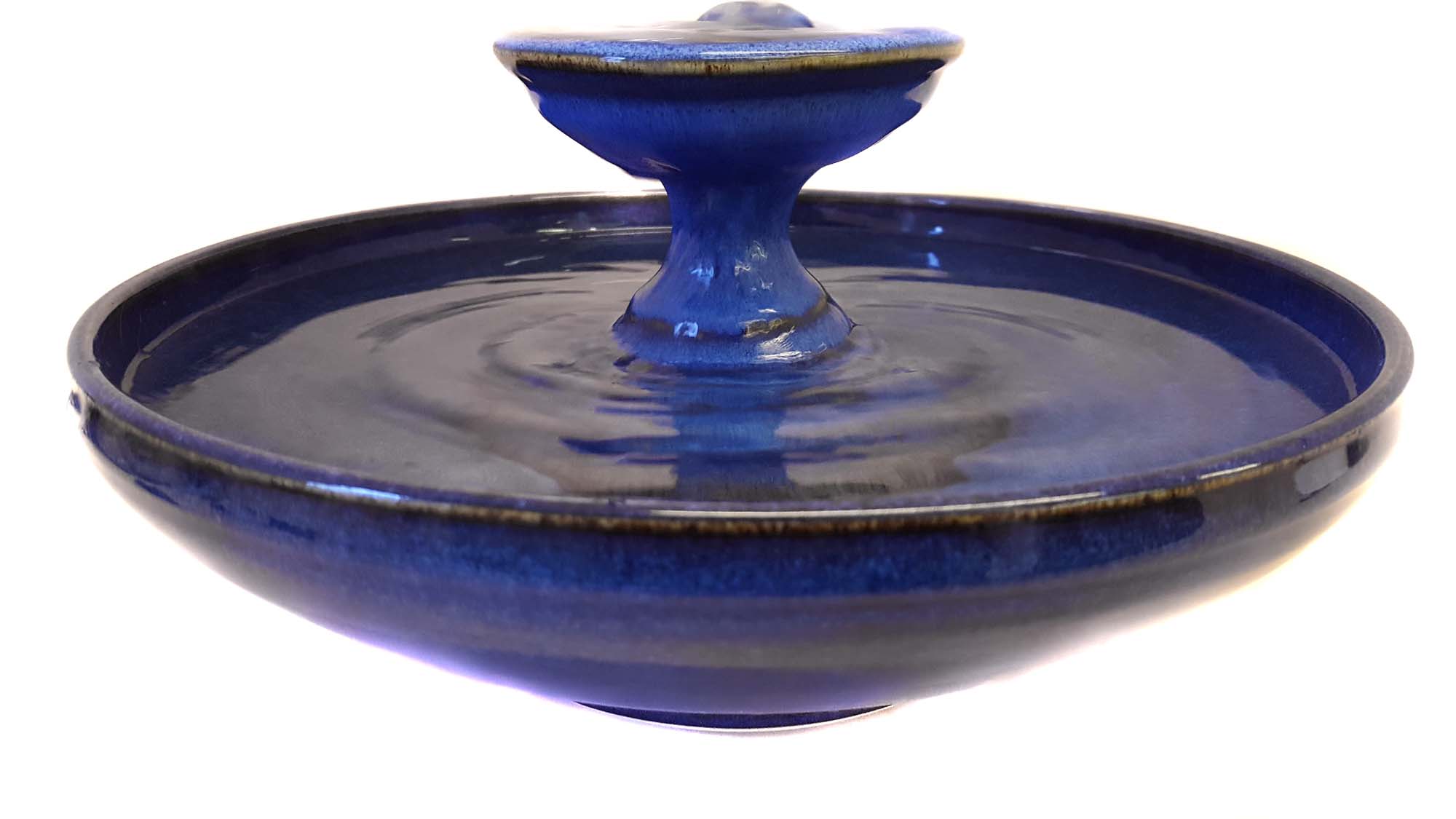
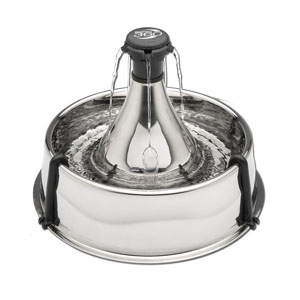
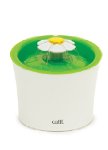


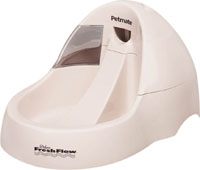
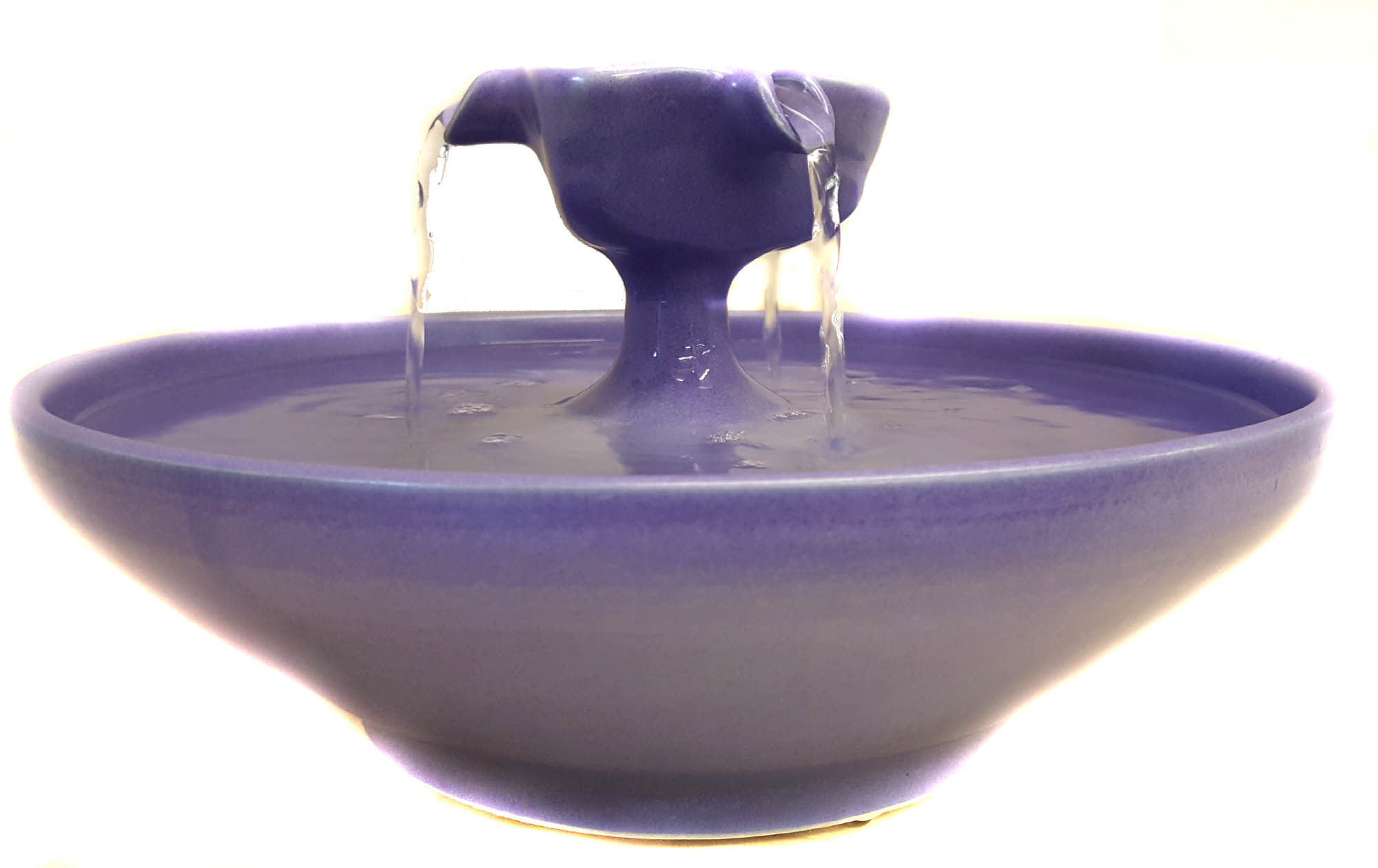
Another aspect of aesthetics is the sounds a fountain creates. No cat fountain should have unpleasant sounds such as pump noises so be sure this is not a complaint among reviewers. Water sounds is another matter. Some cats, and people, like and want water sounds, others do not. Try to be sure that the fountains you are considering have water sounds (or don’t) which you like or which can be adjusted.
Cost
Finally, we have cost and this is not as straightforward as it may seem. The initial cost of the fountain is not necessarily the real, or long-term cost. If you have to frequently purchase parts which wear, or filtration units which for many brands only last a few weeks, then the real cost is the purchase price plus the additional spend over the months and years.
There is also longevity of the fountain itself. Some last, some do not. Again, customer reviews can help with this. Ceramic and stainless steel are much more durable than plastic. Also, some fountains are complex with numerous parts, others are quite simple with not a lot to go wrong.
We suggest that you watch videos of the different brands on Youtube, read customer reviews where you can find them and learn how the different brands you are considering are made. Armed with the right information you will be in a position to choose the cat water fountain best for your cats and your household.
Here is video with some context on cleaning a ThirstyCat fountain.
